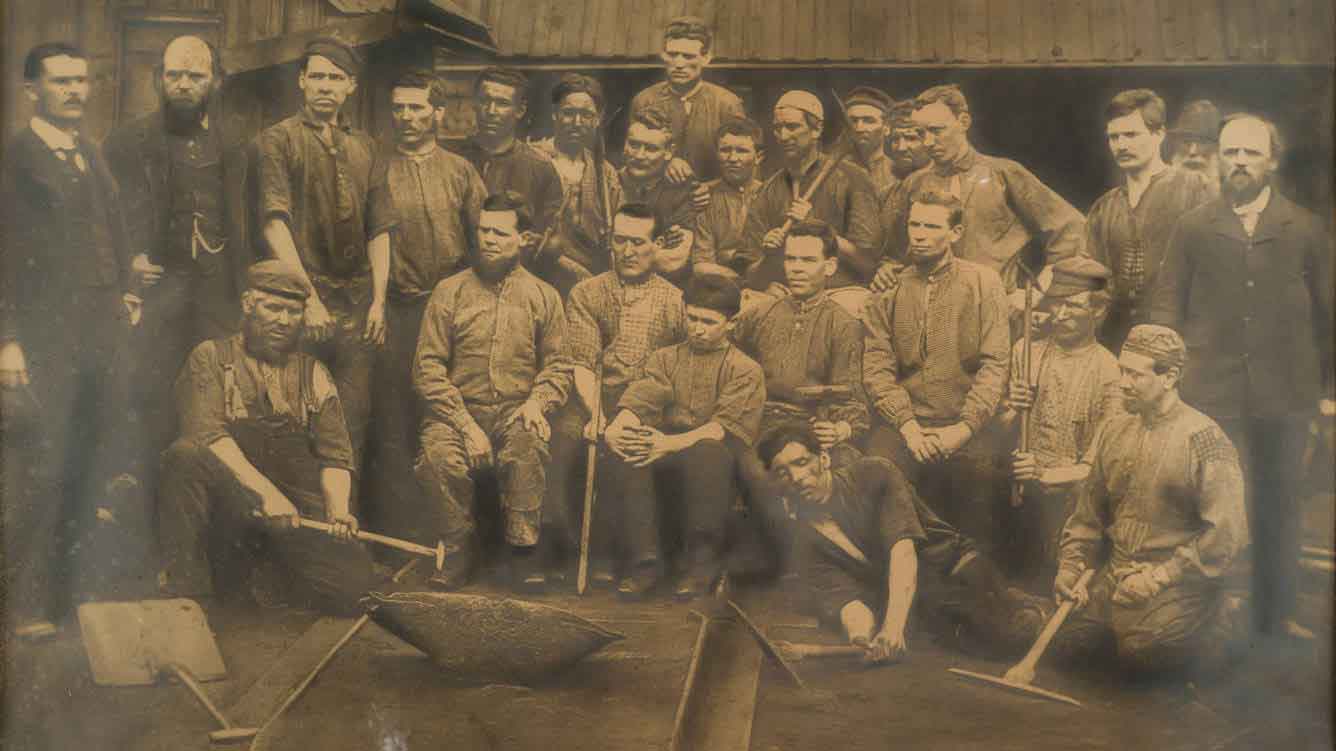Donated portrait shows ‘crucial role’ of miners’ doctors

A portrait of a doctor who was the first recipient of the BMA’s gold medal for distinguished merit has been donated to the National Museum Wales by BMA Cymru Wales.
Dr Henry Naunton Davies, a doctor from the Rhondda, was instrumental in rescue attempts following the Tynewydd Colliery disaster in 1877. He worked tirelessly in a makeshift medical centre, as well as deep underground, to ensure the safe evacuation of miners who had been trapped for nine days.
Twenty-five Albert Medals were awarded to the rescuers – the first time this award had been given for saving lives on land – and Dr Davies was subsequently awarded the BMA’s gold medal for Distinguished Merit, the first recipient of that honour.
BMA Cymru Wales national director Rachel Podolak said: ‘This impressive portrait depicts an interesting and brave doctor who achieved notoriety in his lifetime for the medical services he delivered to the people of Rhondda.
‘It is our hope that by donating this portrait to Amgueddfa Cymru – National Museum Wales, that more people can share Dr Henry Naunton Davies’ story, deepening understanding of the crucial role physicians played in valleys communities following the industrial revolution.’
Donated in 1972 to BMA Cymru Wales by Dr Davies’ granddaughter, Matty Jenkins Howells, the portrait has held pride of place in the association’s offices in Cardiff.
The decision was taken to donate the portrait to the National Museum Wales because of its historical significance and the interesting background of the doctor himself.
National Museum Wales curator of coal mining collections Ceri Thompson said: ‘We are very grateful to BMA Cymru Wales for their donation of this wonderful portrait. Dr Henry Naunton Davies was an important figure in the early history of industrial Rhondda. He not only dealt with the major disasters, such as Cymmer in 1856 and Tynewydd in 1877 but also the day-to-day injuries that were so very common in such a dangerous industry.’
Read more from Richard Gurner and follow on Twitter.

